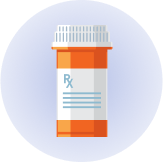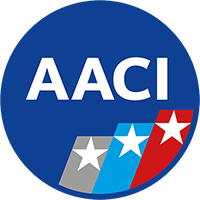Help for people injured by defective drugs and medical devices
Active Drug & Device Lawsuits
Highlighted Active Lawsuits
-
CPAP LawsuitsCancer & Serious Respiratory Problems
-
Suboxone LawsuitsTooth Decay & Oral Infection
-
Exactech LawsuitsRevision Surgery & Device Degradation
-
Hair Straightener LawsuitsUterine & Breast Cancer
-
Roundup LawsuitsNon-Hodgkin Lymphoma
-
Hernia Mesh LawsuitsHernia Recurrence & Infection
-
Talcum Powder LawsuitsMesothelioma & Ovarian Cancer
-
Ozempic LawsuitsGastroparesis or Paralyzed Stomach

Our Mission
Drugwatch’s mission is to keep people safe from potentially harmful drugs, medical devices and procedures by informing them of medical conditions, severe side effects and ways to take action.
Recent Awards & Recognitions
Our Contributors
-
 Jayne Conroy, Esquire Trial Attorney and Pharmaceutical Litigation Expert
Jayne Conroy, Esquire Trial Attorney and Pharmaceutical Litigation Expert -
 Carl V. Crawford, M.D. Gastroenterologist/Hepatologist
Carl V. Crawford, M.D. Gastroenterologist/Hepatologist -
 Gopal Badlani, M.D. Board-Certified Urologist
Gopal Badlani, M.D. Board-Certified Urologist -
 Trent B. Miracle, Esquire Mass Tort and Product Liability Attorney
Trent B. Miracle, Esquire Mass Tort and Product Liability Attorney
How We Help
-
 We help consumers make informed health care decisions.
We help consumers make informed health care decisions. -
 We advocate for consumers hurt by medical devices, drugs and products.
We advocate for consumers hurt by medical devices, drugs and products. -
 We give patients a platform to tell their stories.
We give patients a platform to tell their stories. -
 We help consumers get fair compensation for someone else’s negligence.
We help consumers get fair compensation for someone else’s negligence. -
 We connect consumers with trusted medical resources.
We connect consumers with trusted medical resources.
Additional Health Topics
Highlighted Health Topics
Calling this number connects you with a Drugwatch.com representative. We will direct you to one of our trusted legal partners for a free case review.
Drugwatch.com's trusted legal partners support the organization's mission to keep people safe from dangerous drugs and medical devices. For more information, visit our partners page.





























